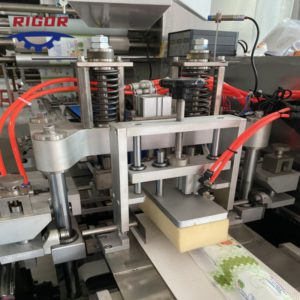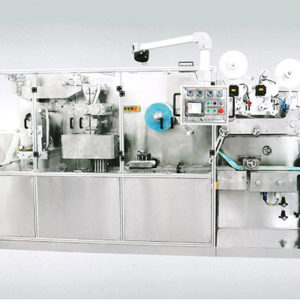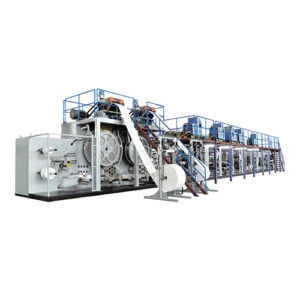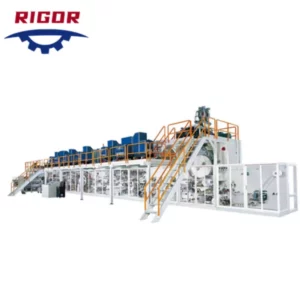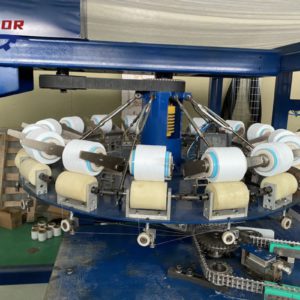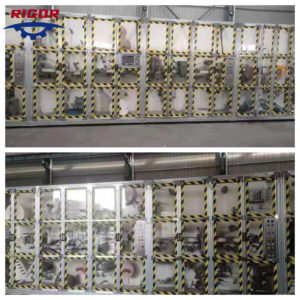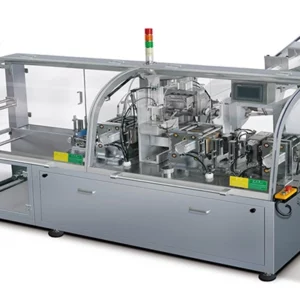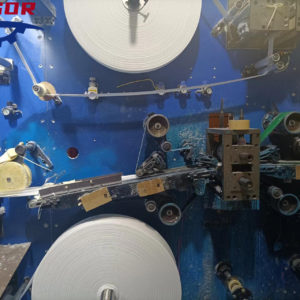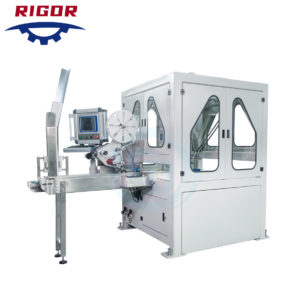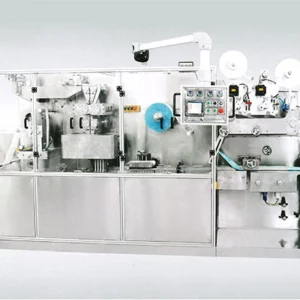The manufacturing of baby diapers has evolved significantly over the years, driven by technological advancements and a growing demand for high-quality and comfortable products. Central to this evolution are the machines used in the manufacturing process. In this blog post, we will explore the innovations and advancements in machines for manufacturing baby diapers. We will delve into the various types of machines involved, their functionalities, and the benefits they bring to the production process. By understanding the role of these machines, we can appreciate how they contribute to the efficient production of baby diapers, ensuring comfort, hygiene, and convenience for infants and parents alike.
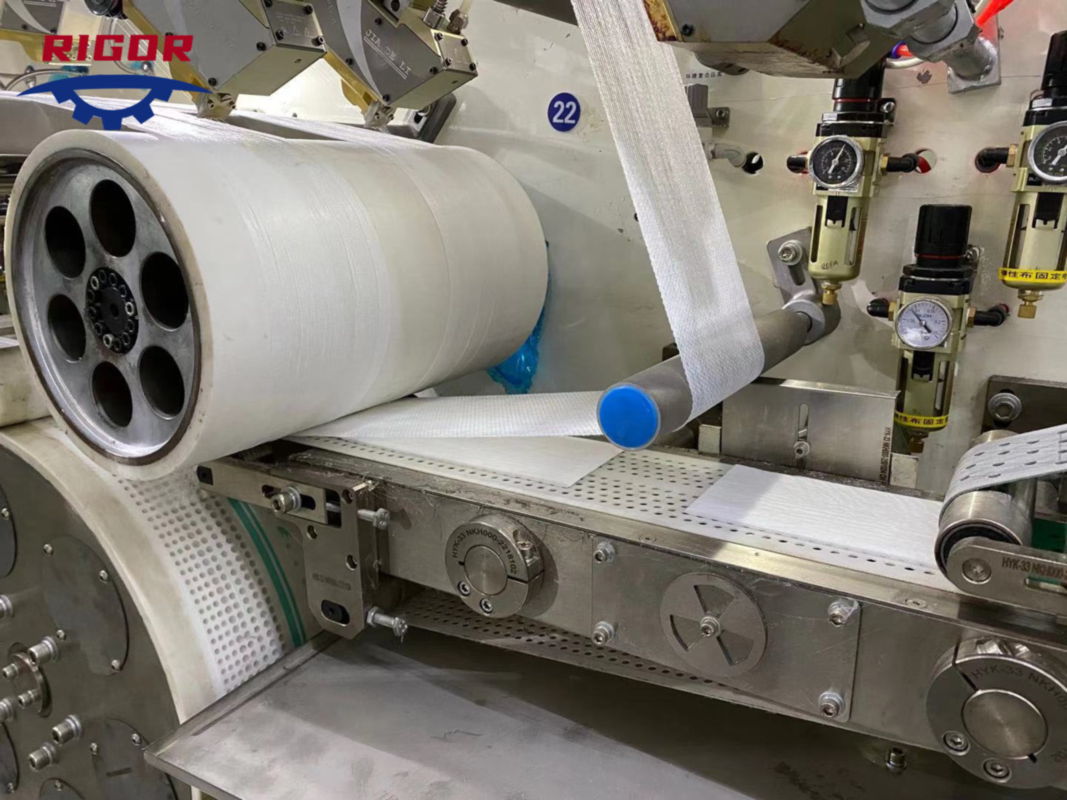
The Importance of Machines in Diaper Manufacturing
Machines play a critical role in the manufacturing of baby diapers, enabling efficient and consistent production at a large scale. These machines automate various stages of the manufacturing process, ensuring precision, speed, and quality control. Some of the key reasons why machines are essential in diaper manufacturing include:
Increased Production Efficiency: Machines enable high-speed production, significantly increasing the output of baby diapers compared to manual production methods. Automated machines can handle multiple processes simultaneously, ensuring a smooth and efficient production flow.
Consistency and Quality Control: Machines ensure uniformity and consistency in the production of baby diapers. They can accurately control factors such as size, shape, absorbency, and placement of features like elastic bands and fastening tapes. This consistency ensures that every diaper meets the required quality standards.
Enhanced Hygiene and Safety: Machines used in diaper manufacturing are designed to meet stringent hygiene and safety standards. They minimize human contact with the product, reducing the risk of contamination. Additionally, advanced machines incorporate features like ultrasonic sealing to ensure secure and hygienic bonding of diaper components.
Cost-effectiveness: Automated machines optimize production processes, reducing labor costs and material waste. They minimize human error, enhancing productivity and eliminating the need for manual rework. The cost savings achieved through machine automation contribute to the overall affordability of baby diapers.
Types of Machines for Manufacturing Baby Diapers
Core Forming Machines: Core forming machines produce the absorbent core of baby diapers. They combine layers of fluff pulp, superabsorbent polymer (SAP), and other materials to create the core structure. These machines ensure precise placement of materials and control the core’s thickness and absorbency.
Elastic Waistband Machines: Elastic waistband machines automate the process of attaching elastic bands to the waist area of baby diapers. They ensure accurate tension control and consistent placement of elastic bands, providing a comfortable fit for babies.
Leg Cuff Machines: Leg cuff machines apply elastic cuffs around the leg openings of diapers, providing a secure barrier against leakage. They automate the process of cutting, shaping, and attaching the cuffs, ensuring uniformity and proper fit.
Frontal Tape and Side Tape Machines: These machines apply adhesive tapes to the front and side panels of baby diapers, allowing for easy fastening. They ensure precise tape placement and secure bonding, enabling convenient and adjustable diaper closure.
Packaging Machines: Packaging machines automate the final stage of the diaper manufacturing process. They efficiently package individual diapers into bags or boxes, ready for distribution. These machines handle tasks such as counting, stacking, and sealing, ensuring product integrity and optimizing packaging speed.
Benefits of Advanced Diaper Manufacturing Machines
The advancements in machines for manufacturing baby diapers have brought several benefits to the industry:
